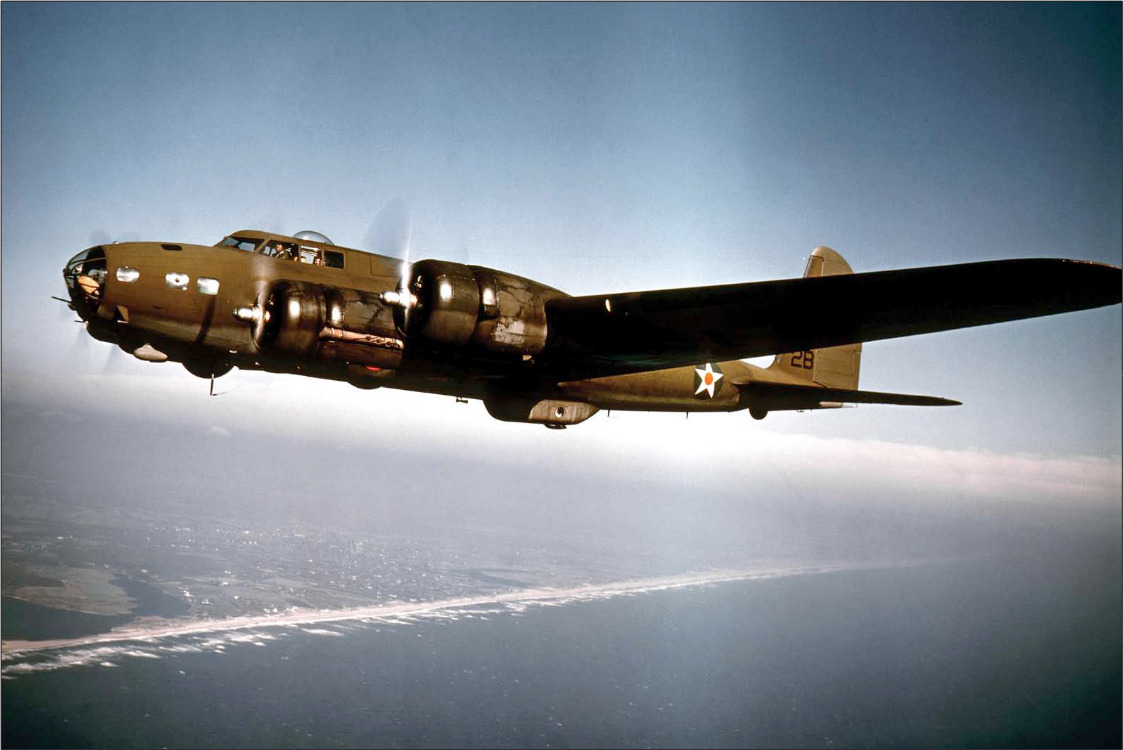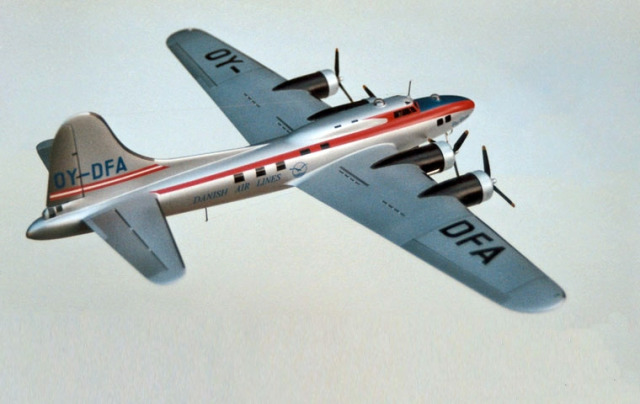History
As the B-17 production line advanced, Boeing engineers continued refining the aircraft’s basic design. By early 1940, the B-17B, with its turbo-supercharged engines, was entering service with the US Army Air Corps. Around this time, British and French purchasing commissions visited Boeing’s facilities to inspect the Flying Fortress for potential foreign orders. While impressed by the aircraft’s overall design, they expressed concerns over the inadequacy of its defensive armament and gunner positions.
In response to this feedback, Boeing developed the B-17C, the next production variant featuring significant defensive improvements. The blister-style waist gun positions were replaced with streamlined, enclosed hatches that offered gunners increased visibility and freedom of movement. The ventral blister mount was removed and replaced with a larger “bathtub” gondola mounting a 0.50 caliber machine gun, replacing the previous .30 caliber armament. A second 0.50 caliber gun was added in the radio compartment, further strengthening the aircraft’s defensive firepower.
In the nose, the single gun socket was replaced with three positions, one on either side above the bomb-aiming panel, and another below and offset to the side, giving the bombardier better protection during head-on attacks. Additionally, armor plating was added to protect the crew and vital systems, and an oxygen system was installed to support high-altitude operations.
These enhancements significantly increased the aircraft’s weight, necessitating an upgrade to four Wright R-1820-65 radial engines, each rated at 1,200 horsepower, to maintain acceptable performance.
The US Army Air Corps ordered 80 B-17Cs, with the first aircraft flying on July 21, 1940. In practice, only 38 were completed to the C standard. Deliveries were completed by November 1940, and 20 of those aircraft were transferred to the Royal Air Force, where they were designated Fortress I.
The RAF’s Fortress Is saw their first combat on July 8, 1941, when three aircraft took part in a high-altitude test strike against Wilhelmshaven. Though the B-17 could fly higher than any British bomber in service at the time, it was still vulnerable to interception by Luftwaffe fighters. Its light defensive armament, limited armor, and frequent issues with gun and system malfunctions due to extreme cold made the Fortress I ill-suited for unescorted daylight raids over Europe.
Despite these shortcomings, the RAF’s early combat experience with the Fortress provided valuable data that Boeing used to further improve the design. Eventually, the RAF relegated surviving Fortress Is to Coastal Command, where they served in long-range anti-shipping and submarine patrol roles, and some were reassigned to training duties. By September 1941, only 12 of the 20 remained; 8 had been lost, half due to accidents.
Meanwhile, the 18 B-17Cs retained by the US Army were later upgraded to B-17D standards by January 1941, incorporating improvements based on British combat experience, most notably the addition of cowl flaps for better engine cooling. These upgraded aircraft were redesignated RB-17D and assigned to non-combat roles such as training, transport, and testing.









